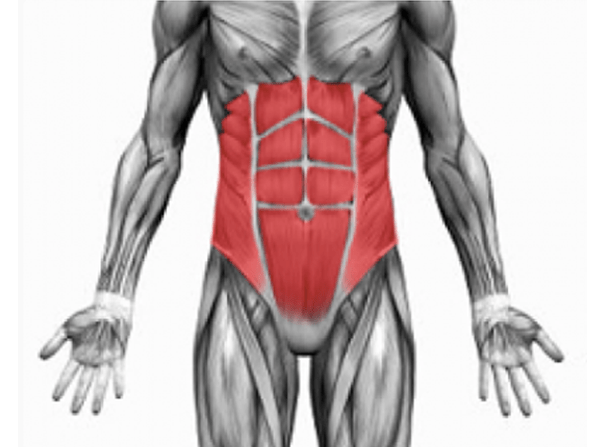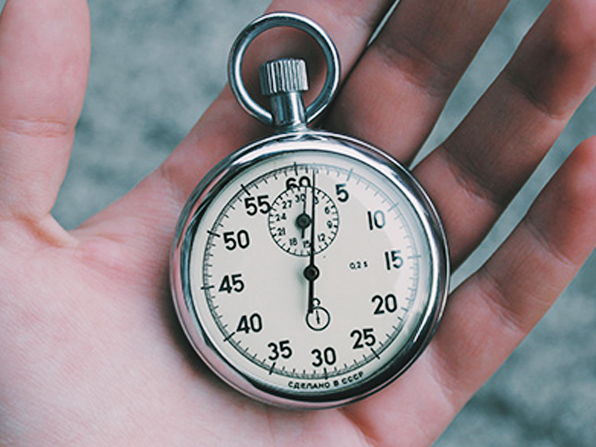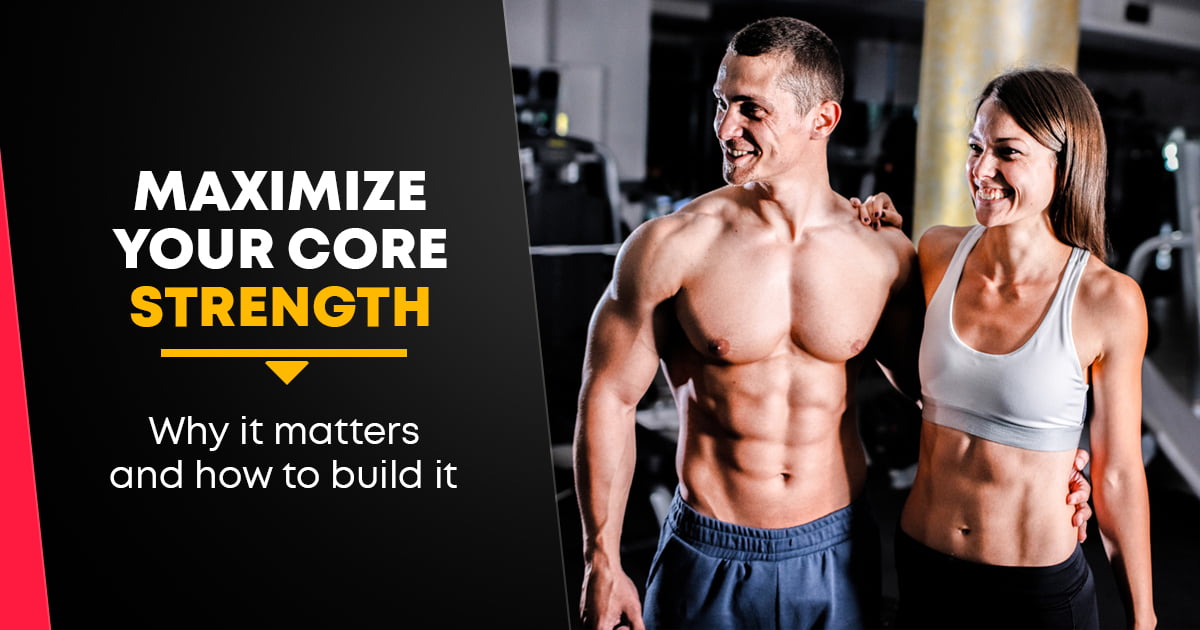
I see people entering the gym every single day, working hard, and pursuing their weight loss goals. Yet, many don't understand the importance of core strength.
After reading this article, I hope you'll realize why your core is the most important muscle group and start implementing the three easy exercises to strengthen it.
But before we get into that, I'll explain why you should focus on stabilizing your entire core rather than just working on your abdominal muscles. And yes, there's a difference.
Why Does Having Strong Core Muscles Matter?
Core strengthening has become an increasingly important area of focus in fitness and rehabilitation circles, primarily because the core is thought to protect the spine and prevent injury. In their workout routines, many emphasize core exercises to achieve a toned six-pack, but rarely consider them to improve spinal stability.
Your core plays a major role in stabilizing your body and spine during movement.
How Does Core Strength Improve Stability?
Think of core strength as a central support system that helps you stay upright and steady. When your core muscles are strong, they allow you to move smoothly and efficiently, connecting your upper and lower body for better coordination.
This is important not just in sports, but also in everyday activities like walking, bending, and lifting. Nobody likes the idea of dealing with chronic back pain. Thus, building a rock-solid core should be a goal for everyone, from high-level athletes to casual gym-goers.
Normally, I include primal movements in the exercise programs of people I train. The exercises I’ll show you here are beginner-friendly, but still effective for improving balance and stability.
Building Your Core Strength & Stability at Home
Numerous exercises can help you develop core stability, both bilaterally (both sides of the body) and unilaterally (one side of the body). I've picked three easy core workouts everyone can do at home.
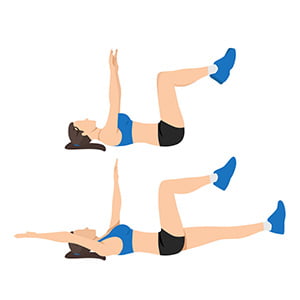
Dead Bug Exercise
The dead bug exercise is performed on the ground, so you might want to use a yoga mat for comfort.
1. Lie on the mat with your arms extended straight over your chest. Lift your feet to bend your hips and knees 90 degrees. This is the starting position.
2. Engage your core, maintaining contact between your lower back and the mat. Your spine should maintain this steady and neutral position throughout the exercise.
3. Slowly reach your left arm backward over your head and toward the floor as you extend your right knee and hip simultaneously. Move slowly and steadily, breathing in as you perform the extensions, avoiding any twisting or movement of your hips and abs. Stop the movement just before your arm and leg touch the ground.
4. Perform the same movements on the opposite sides.
5. Do the same number of repetitions on each side. When you complete a full set, simply return your feet to the ground and sit up.
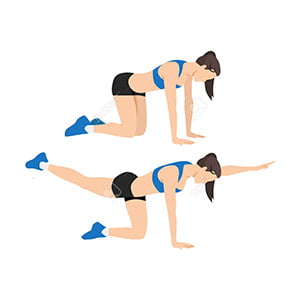
Bird Dog Exercise
Find a spot with enough space to extend your arm and leg at the same time. Kneel on an exercise mat with your knees hip-width apart and hands firmly on the ground.
1. Point your right arm out straight in front and extend your right leg behind you, forming a straight line from your extended hand to your extended foot. If your low back begins to sag, raise your leg as high as possible while keeping the back straight.
2. Hold for a few seconds, then return to your hands and knees. Keep your abs engaged the entire time and try to minimize excess motion in your hips..
3. Switch to the other side. Aim to complete five reps on each side or 10 reps total.
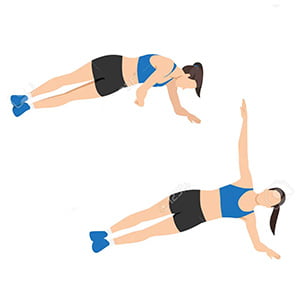
Side Plank with Rotation
1. Start in a side plank position, with your right shoulder over your elbow, your body in a straight line, and reach your left hand toward the ceiling.
2. Twist your torso forward and slowly place your left arm under your body.
3. Repeat the rotation several times, then switch sides.
Answering a Few More Core Strength Questions
I'm not just a personal trainer, but also an online coach. So, I'll wrap this up by answering a few questions people often ask me on Instagram.
What Causes Poor Core Stability?
Poor core stability can be caused by a sedentary lifestyle, lack of exercise, or previous injuries. Weak core muscles may also result from poor posture or improper exercise techniques. Building your core strength through targeted exercises can help improve stability.
How Do You Test Core Stability?
To test core stability, try holding a plank position with proper form for as long as possible, aiming for at least 30 seconds. You can also perform exercises like the bird dog or side plank and check for any wobbling or difficulty maintaining balance.
How Long Does It Take to Improve Core Stability?
Improving core stability can take anywhere from a few weeks to a couple of months, depending on your starting point and consistency. With regular core exercises, most people I train notice a difference in their balance and strength within 4-5 weeks.

